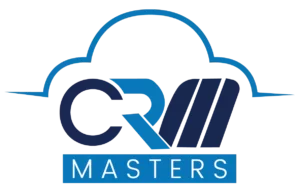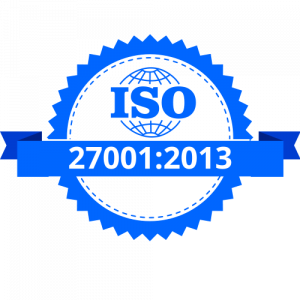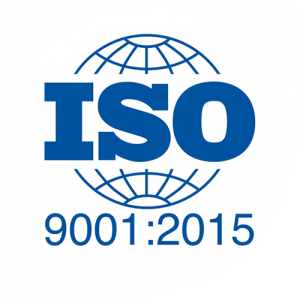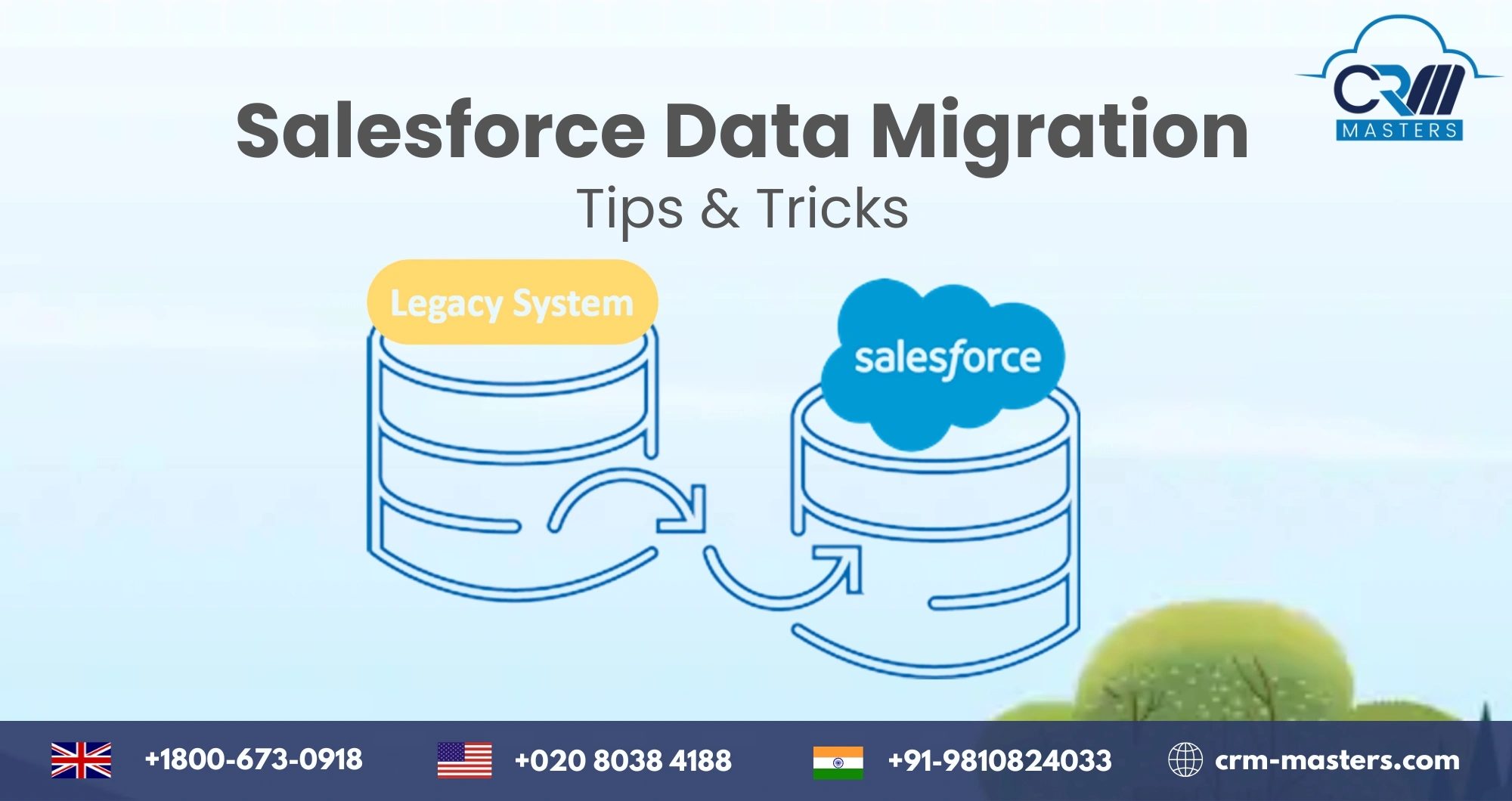
What is Salesforce Data Migration and Its Best Practices
Imagine you are running a retail business that has been relying on an outdated CRM for years. Your customer data is scattered, your reporting takes hours, and every new sales campaign feels like a manual chore. So, you decide to move to Salesforce — a powerful, cloud-based CRM platform. But what about all your data? That’s where Salesforce data migration comes in.
Migrating from the old system to Salesforce is not just about moving records from point A to point B. It’s about ensuring your business runs seamlessly from day one on a smarter, faster, and more scalable platform.
In this blog, we will walk you through everything you need to know about Salesforce Data Migration — what it is, why it’s important, how it works, and best practices to ensure smooth and successful Salesforce data migration.
What is Salesforce Data Migration?
It is the process of transferring data from external sources into the Salesforce environment. Examples include legacy CRMs, databases, spreadsheets, and cloud platforms. This could be part of a company’s digital transformation journey, a CRM switch, or a consolidation of various data sources into one unified system.
It involves not just transferring raw data, but also ensuring that it is cleaned, mapped correctly, validated, and loaded into Salesforce without losing integrity or context.
Why Do Businesses Migrate Data to Salesforce?
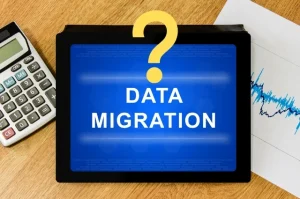
Salesforce adoption is a major upgrade for most businesses. But the real value comes when your existing data is brought along accurately.
Here are a few reasons why businesses are choosing to move their data into Salesforce.
1. Salesforce is built to grow with your business. Whether you’re handling 1,000 records or a million, the platform scales effortlessly.
2. Being cloud-based, Salesforce enables 24/7 access to your data, fostering real-time collaboration and productivity.
3. With tools like Salesforce Flow, you can automate lead assignments, email alerts, and follow-ups, reducing manual effort.
4. Salesforce can be customized to mirror your exact business processes.
5. From user access controls to encryption, Salesforce adheres to the highest standards of data security and compliance.
Common Types of Salesforce Data Migration
Not every migration is the same. Depending on your source system and business goals, Salesforce data migration can take several forms:
1. Database Migration
Moving structured data from SQL, Oracle, or other databases directly into Salesforce objects.
2. Application Migration
When transitioning from another CRM (like Zoho, HubSpot, or Dynamics), this type involves both data and app logic transfer.
3. Storage Migration
Migrating attachments, images, or documents into Salesforce or connected cloud storage systems like Amazon S3 or Google Drive.
4. Cloud Migration
Shifting data from other cloud services or on-premise solutions into Salesforce using cloud-native integration methods.
5. Salesforce Classic to Lightning
If you’re upgrading your Salesforce UI/UX from Classic to Lightning, this internal migration involves moving layouts, reports, and components.
Steps Involved in Salesforce Data Migration

A successful data migration process includes several critical phases. Here’s a simplified roadmap to guide you:
1. Plan Thoroughly
Define what data you’re migrating, from where, and why. Set clear goals, assign roles, establish timelines, and determine how success will be measured.
2. Assess Existing Data
Not all data is worth moving. Audit your current records for accuracy, completeness, and relevance. Identify duplicates and outdated records to clean up before migrating.
3. Map Your Data
Match fields from your source system with Salesforce fields. For example, “Customer Name” in your old system might correspond to “Account Name” in Salesforce. This step is essential for preserving relationships between data objects.
4. Extract Data
Use tools or scripts to extract data from your existing system. Ensure you retain data integrity and backup all records before proceeding.
5. Transform and Clean
Reformat and clean your data to meet Salesforce’s standards. This may include reformatting phone numbers, standardizing addresses, or removing null fields.
6. Validate
Test the data against Salesforce validation rules. Ensure that required fields are filled, picklist values are valid, and relationships (like between contacts and accounts) are intact.
7. Load Data into Salesforce
Depending on data volume and complexity, choose the appropriate loading tool, such as Salesforce Data Loader or a third-party ETL solution.
8. Test & Review
Always run a test migration in a Salesforce Sandbox. Check for accuracy, missing fields, broken relationships, or failed validations.
9. Go Live
Once all checks are cleared, perform the final migration to the live environment.
Salesforce Data Migration Tools
There are several tools available to assist with Salesforce data migration, each with its own use case:
- Salesforce Data Loader: A free native tool for importing and exporting large volumes of data. Requires basic technical know-how.
- Salesforce Import Wizard: Ideal for non-technical users migrating smaller data sets like leads or contacts.
- Third-Party ETL Tools: For large-scale or complex migrations, consider ETL (Extract, Transform, Load) tools like: Astera, Informatica, Talend, Jitterbit, MuleSoft, etc.
Best Practices for Salesforce Data Migration
To minimize risk and maximize value, follow these Salesforce data migration best practices:
- Clean Your Data First: Don’t migrate outdated, duplicate, or irrelevant data.
- Start with a Sandbox Migration: Always test your process in a non-production environment.
- Map Fields Carefully: Poor data mapping can break important relationships in Salesforce.
- Document Everything: Maintain detailed documentation of your field mappings, data rules, and validations.
- Monitor Post-Migration: Continue to track data accuracy and system performance after migration.
- Train Your Team: Ensure users know how to work with the new system and spot any issues early.
How Much Does Salesforce Data Migration Cost?
There’s no one-size-fits-all answer. Your costs depend on several factors:
- Size and complexity of your data
- Type of legacy systems involved
- Volume of records and files
- Need for third-party tools or consultants
To get a more accurate idea of pricing, it’s best to consult a Salesforce implementation partner.
Also Read: Role of Salesforce Implementation Partner in Data Migration
Ready to Start Your Salesforce Data Migration?
Salesforce data migration is a critical milestone in your CRM journey—but it’s not the end goal. What truly matters is how clean, accurate, and actionable your data is once it’s in Salesforce.
Choosing the right approach, tools, and partners can save your business time, effort, and costly mistakes. Many tools make the job easier with their no-code interface and automation capabilities—ideal for teams that want fast, reliable results without deep technical setups.
Our team at CRM Masters can help you ensure a smooth transition into Salesforce. Book a free consultation today and get expert guidance tailored to your business needs.
